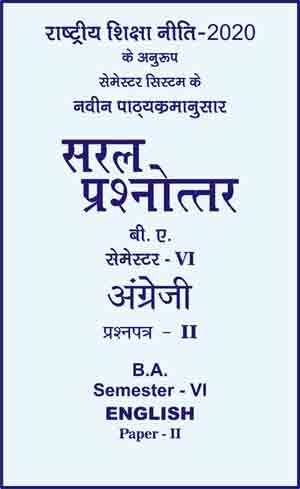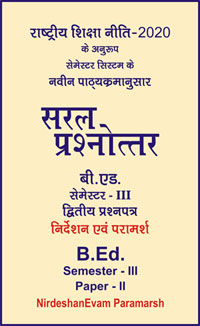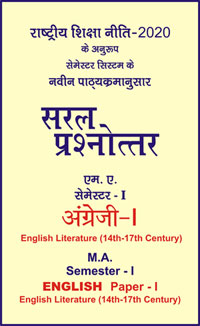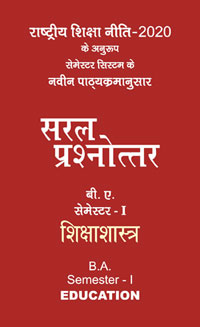|
बी ए - एम ए >> बीए सेमेस्टर 6 अंग्रेजी पेपर 2 बीए सेमेस्टर 6 अंग्रेजी पेपर 2सरल प्रश्नोत्तर समूह
|
|
||||||
बीए सेमेस्टर 6 अंग्रेजी पेपर 2
Chapter 9 -News Reporting : Parts of a News Report, 5Ws, Headline Writing, Types of Leads and Report Writing
Introduction to the Chapter
In this chapter, we explore five key areas: the parts of a news report, the 5Ws of news writing, headline crafting, various types of leads, and the art of report writing. Each section is meticulously detailed to provide you with a comprehensive understanding of the principles and practices that constitute effective journalism.
1. Parts of a News Report
The first section breaks down a news report into its fundamental components. Each part plays a vital role in communicating the story to the audience.
Headline : The headline is the gateway to your story. It’s what grabs the reader’s attention and gives them a snapshot of what the story is about. An effective headline is concise, informative, and compelling.
Lead (Lede) : The lead is the opening paragraph that offers a brief overview of the story, ideally answering some of the 5Ws. It sets the tone and direction of the report.
Body : This is the main section of the news report, where you expand on the details. It should be organized logically, with facts and quotes from sources to provide depth and context.
Conclusion : The conclusion wraps up the story, often by reiterating the key points or suggesting potential implications or future developments.
2. The 5Ws of News Writing
The 5Ws – Who, What, When, Where, Why (and sometimes How) – are the backbone of any news story. This section highlights the importance of answering these questions to provide a complete picture of the event or issue at hand.
Who is involved or affected ?
What happened ?
When did it happen ?
Where did it take place ?
Why and How did it happen ?
Addressing these questions ensures that the report is comprehensive and informative, leaving the reader with a clear understanding of the subject matter.
3. Headline Crafting
Here, we delve into the art and science of headline writing. A well-crafted headline not only captures the essence of the story but also engages the reader’s curiosity. This section covers techniques for writing effective headlines, including the use of active verbs, clarity, brevity, and the balance between intrigue and informativeness.
4. Types of Leads
The lead paragraph is arguably one of the most crucial parts of a news report. This section explores different styles of leads, such as :
Summary Lead : Summarizes the most important aspects of the story.
Anecdotal Lead : Begins with a short story or an example to draw the reader in.
Question Lead : Poses a question to pique the reader’s interest.
Quote Lead : Starts with a compelling quote from a key figure in the story.
The choice of lead depends on the nature of the story and the intended audience.
5. Report Writing
Finally, we examine the process of composing the news report. This comprehensive guide covers everything from conducting research and interviews to structuring the report and adhering to ethical standards. Key aspects include :
Research and Fact Checking : Ensuring the accuracy of every detail reported.
Interview Techniques : How to conduct effective interviews to gather valuable insights and quotes.
Writing Style : Maintaining clarity, conciseness, and objectivity.
Ethical Considerations : Upholding journalistic integrity and navigating ethical dilemmas.
Conclusion
As we conclude this chapter, it’s important to remember that news reporting is not just about relaying facts; it’s about telling a story in a way that is both truthful and engaging. The skills and concepts covered in this chapter are foundational to achieving this balance. By mastering these fundamentals, you are well on your way to becoming a proficient and responsible journalist, capable of informing the public and shaping the narrative in a world where information is more accessible than ever.
|
|||||

 i
i 









